14 Timeless Russian Desserts Worth Trying
Russian desserts showcase a harmonious blend of deep flavors, hearty ingredients, and traditional techniques. Many of these sweets carry a rustic charm, highlighting simple yet satisfying tastes.
From honey-infused layers to sweet berries, these treats often celebrate seasonal produce and regional specialties. Their richness comes from the use of natural ingredients like dairy and nuts, crafting desserts that are both comforting and indulgent.
Russian sweets bring warmth and nostalgia, reflecting the soul of Russian hospitality. Ready to explore 14 traditional Russian desserts?
Take a look:
Blini
Blini are thin pancakes that hail from Russia, crafted primarily from wheat flour and often served with an array of toppings like smetana, butter, caviar, or tvorog. These pancakes hold a special place in Russian cuisine and appeal to both dessert aficionados and pancake enthusiasts alike.
The traditional preparation involves creating a yeast-based batter that rises before being combined with hot water or milk for added richness; however, unyeasted variations offer a lighter texture that's equally satisfying. Their versatility shines through as they can be enjoyed at breakfast or as an enticing snack throughout the day depending on your choice of garnishes.
Blini not only highlight the art of Russian cooking but also bring warmth to any dining table.
Rugelach
Rugelach are delightful pastries that have found a cherished place in Russian dessert culture, originally hailing from Polish Jewish communities.
These treats feature rolled dough, often enriched with sour cream or cream cheese, enveloping an array of fillings ranging from sweet chocolate and cinnamon to tangy fruit preserves and nuts.
Their crescent shape may remind you of croissants; however, the darker hue sets them apart along with their unique texture.
Sharlotka
Sharlotka showcases the beautiful combination of tender apples and soft sponge, creating a comforting dessert loved across Russia.
Often referred to as an icebox cake in various regions, this treat stands out due to its unique preparation method involving lining a mold with bread or biscuits before filling it with custard or fruit puree.
Its origins may trace back to England or France in the 19th century, but it truly flourished in Russian kitchens where brown bread and applesauce came together for an unforgettable pudding experience.
Today’s interpretations retain that nostalgic essence while featuring chopped apples baked into a sweet batter for added texture and flavor contrast.
Kogel Mogel (Gogel Mogel)
Kogel Mogel, a traditional egg-based dessert from Eastern Europe and the Caucasus, features a rich mixture of egg yolks and sugar that evokes nostalgia.
This dish stands out for its versatility; you can infuse it with flavors like honey, cocoa, or even rum to suit your taste.
Historically significant, Kogel Mogel gained popularity during the difficult times of the Soviet Union when improvisation became essential in kitchens facing shortages.
The preparation involves whisking together just two egg yolks with three teaspoons of sugar until creamy and smooth.
Guriyev Porridge
Guriyev porridge is a Russian dessert known for its rich flavors and unique texture. This sweet dish features semolina cooked in milk, layered with candied nuts, honey, and an assortment of dried fruits that add depth to every spoonful.
The distinctive golden skin formed on top during baking serves as a delicious barrier between the layers, while caramelized brown sugar brings out the natural sweetness when served warm. Historically tied to Dmitry Alexadrovich Guriev, who inspired its name, the creation of this comforting treat can be credited to chef Zakhar Kuzmin, who crafted it for Guriev's court.
Rich in tradition and flavor, Guriyev porridge offers a taste of Russia’s culinary heritage that's hard to resist.
Pirozhki
Pirozhki are handheld pastries that reflect the rich heritage of Russian baking. These crescent-shaped treats come with a variety of fillings, ranging from sweet jams to savory meats and vegetables, all perfectly encased in soft dough.
Often enjoyed alongside soups or as a snack on their own, pirozhki offer versatility for any meal occasion. Their charming size makes them perfect for sharing at gatherings or indulging during quiet moments at home.
Whether you're savoring one fresh out of the oven or packed into lunchboxes, these little buns provide a comforting taste of tradition that resonates deeply with every bite you take.
Zefir
Zefir represents a Russian treat, distinguished by its light and fluffy texture.
Crafted from whipped fruit puree, sugar, and egg whites, this confection is thickened with contemporary gelling agents like pectin or agar for an exquisite finish.
Unlike meringue's crunchiness, zefir offers a softer bite reminiscent of nougat.
Available in multiple flavors and typically showcasing shades of white or pink, it adds a charming touch to any dessert spread while inviting you to indulge in its unique sweetness.
Pastila
Pastila is a Russian sweet that boasts an airy texture and subtle fruit notes, reminiscent of delicate fruit pastilles.
Originating during the era of the Russian Empire, these treats were once known as jellied sweetmeats and paired beautifully with tea, similar to marshmallows in contemporary culture.
Traditionally crafted from tart apples and northern berries like rowan or lingonberry, this candy is sweetened using sugar, honey, and egg whites before being slow-baked in wood-fired ovens to achieve its unique consistency.
While mass-produced versions exist today, nothing compares to homemade Pastila prepared in traditional methods; those maintain a distinctive charm that's hard to replicate.
Kulich
Kulich represents a cherished tradition of Easter celebrations in Russia, characterized by its towering cylindrical shape and elaborate icing.
This festive bread carries deep cultural significance among Slavic communities, linking back to the spread of Orthodox Christianity, which influenced its unique form.
After being baked in specially designed tall tins, kulich is adorned with white icing and colorful sprinkles that enhance its visual appeal.
Often blessed during Easter services and delivered in beautifully decorated baskets, this rich pastry stands out for its dense texture compared to lighter breads like Italian Panettone.
Ptichye Moloko
Ptichye moloko is a beloved confection known for its airy soufflé encased in rich chocolate. Often referred to as "bird's milk," this Eastern European treat features a distinctively fluffy texture that sets it apart from other sweets.
What makes the Russian version unique is the incorporation of agar-agar, allowing the dessert to achieve impressive stability and temperature resilience compared to traditional gelatin-based recipes. Available in various forms such as bars or cakes, each bite offers an exquisite balance of sweetness and creaminess reminiscent of meringue or nougat.
The charm lies not only in its flavor but also in its delightful mouthfeel, making it a cherished choice among dessert lovers across Russia and beyond.
Pryanik
Pryanik is a traditional baked treat hailing from Russia, Ukraine, and Belarus that highlights the rich flavor of honey.
While they bear resemblance to gingerbread cookies, these confections often omit spices like ginger in favor of their sweet and aromatic honey base.
The recipe has evolved over time; modern variations sometimes replace pure honey with alternatives for mass production without losing the essence of this beloved snack.
Perfect as an accompaniment to tea or coffee, Pryanik offers both comfort and a taste of Eastern European heritage with every bite.
Medovik
Medovik is a classic Russian layer cake renowned for its rich and unique combination of honey, sour cream, and condensed milk. This dessert features delicate layers that harden slightly while the moist center offers a delightful contrast in texture.
Originating in the 19th century, it was famously crafted by an ambitious young chef hoping to impress Empress Elizabeth Alexeievna; despite her aversion to honey, she fell for this sweet creation unaware of its key ingredient. Variations abound today, with some opting for buttercream or custard as accompaniments instead of traditional toppings like nuts or crumbs from leftover cake.
Medovik continues to be cherished across Russia and beyond as a testament to culinary creativity against all odds.
Pirog
Pirog embodies the essence of Russian baking with its versatile dough, which can cradle both sweet and savory fillings. Known for its rich history linked to ancient Slavic feasts, this delightful pastry features a yeasted crust that is often crafted from wheat flour; some variations even celebrate the robust flavor of rye.
Fillings are where creativity shines, whether you prefer cottage cheese, seasonal fruits, or a mix of nuts and honey for sweetness, or savoriness through meats and vegetables like cabbage or mushrooms. This traditional dish not only offers comfort but also reflects regional flavors across Russia and Eastern Europe.
You'll appreciate how pirog serves as a canvas for your culinary expression while inviting warmth into any meal setting.
Vatrushka
Vatrushka is a Russian pastry featuring a unique ring shape filled with creamy quark and often adorned with fresh fruit. This sweet yeast dough creation boasts a size comparable to that of an oversized doughnut, making it both satisfying and visually appealing.
Traditionally enjoyed across Eastern Europe, its resemblance to pirog highlights the rich baking heritage in the region. You might appreciate how these pastries balance sweetness with tanginess from the filling, creating an enjoyable treat at any time of day.
Ideal for serving alongside tea or coffee, vatrushka captures the warmth of home-baked goodness in each bite.




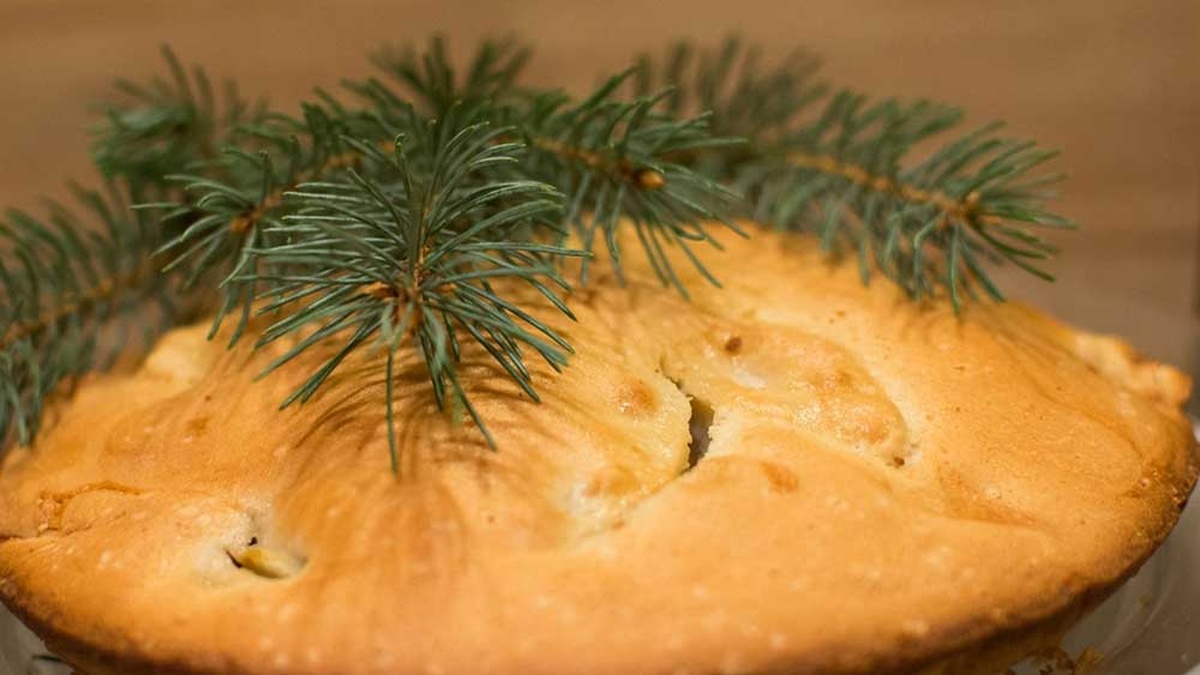
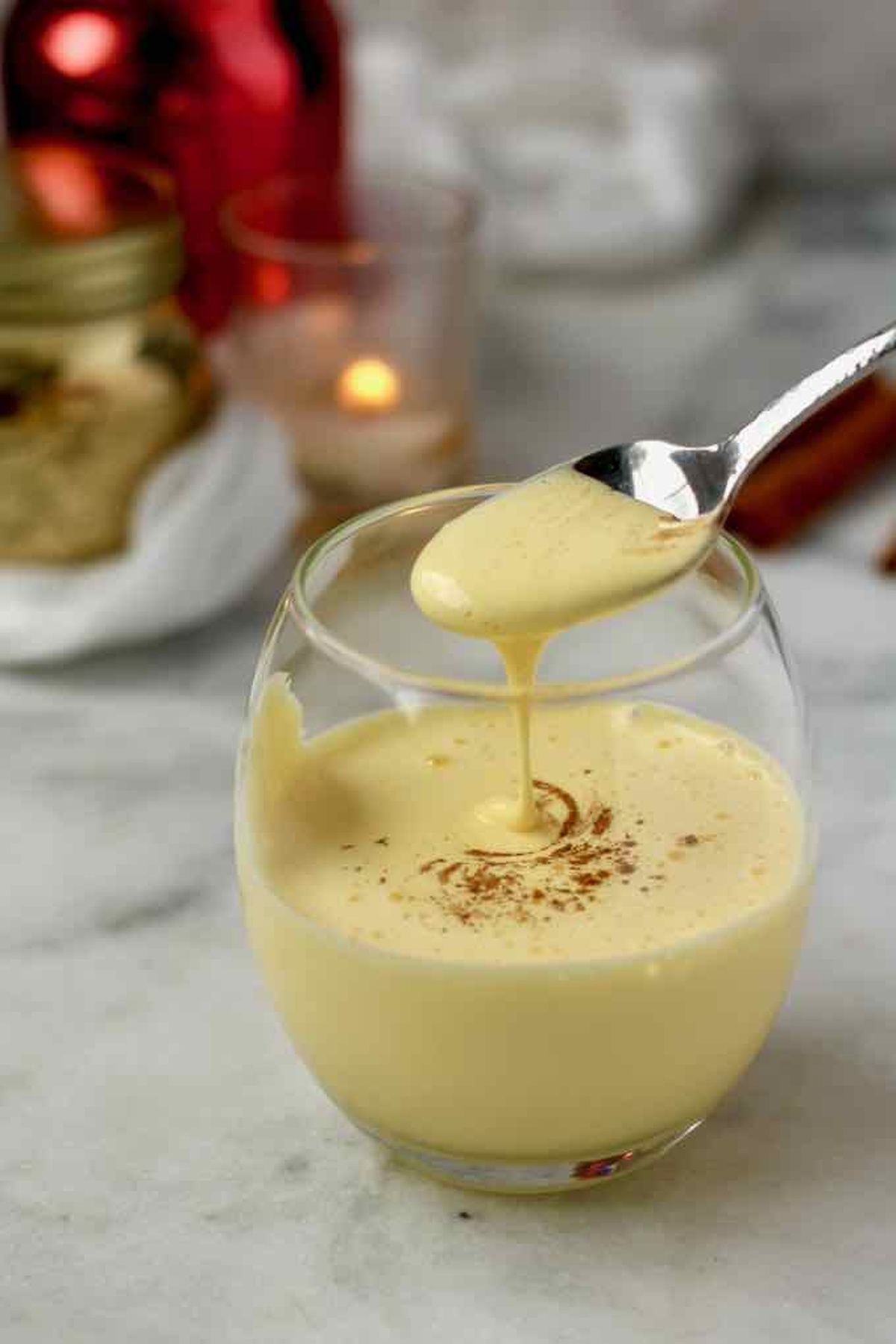
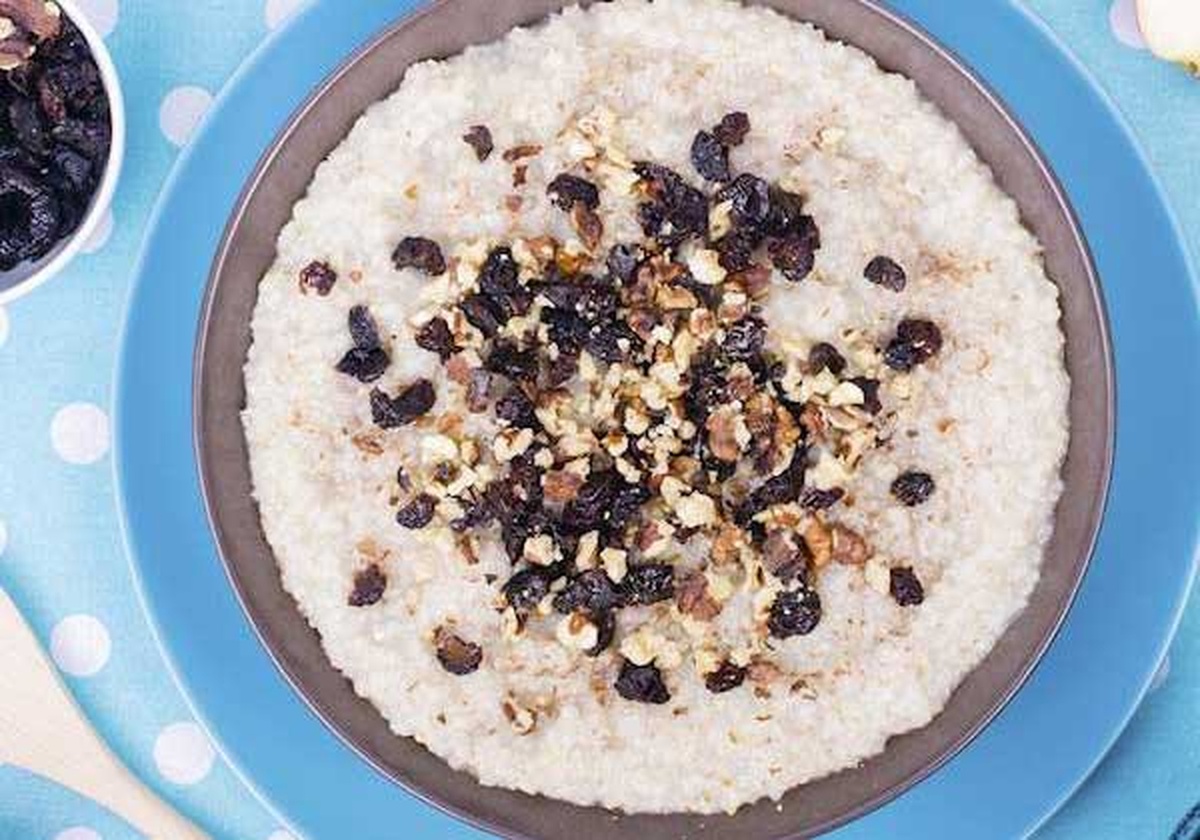
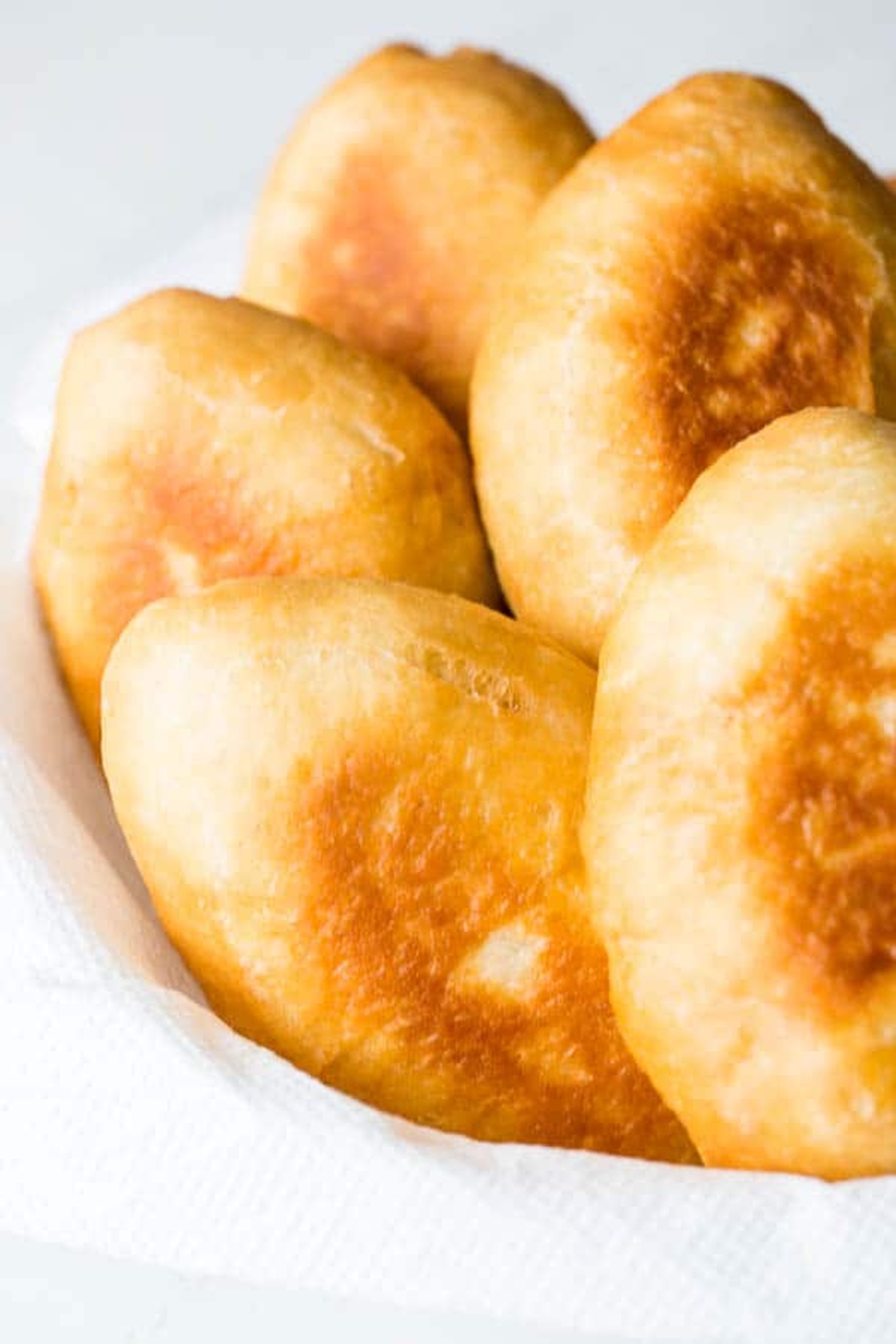

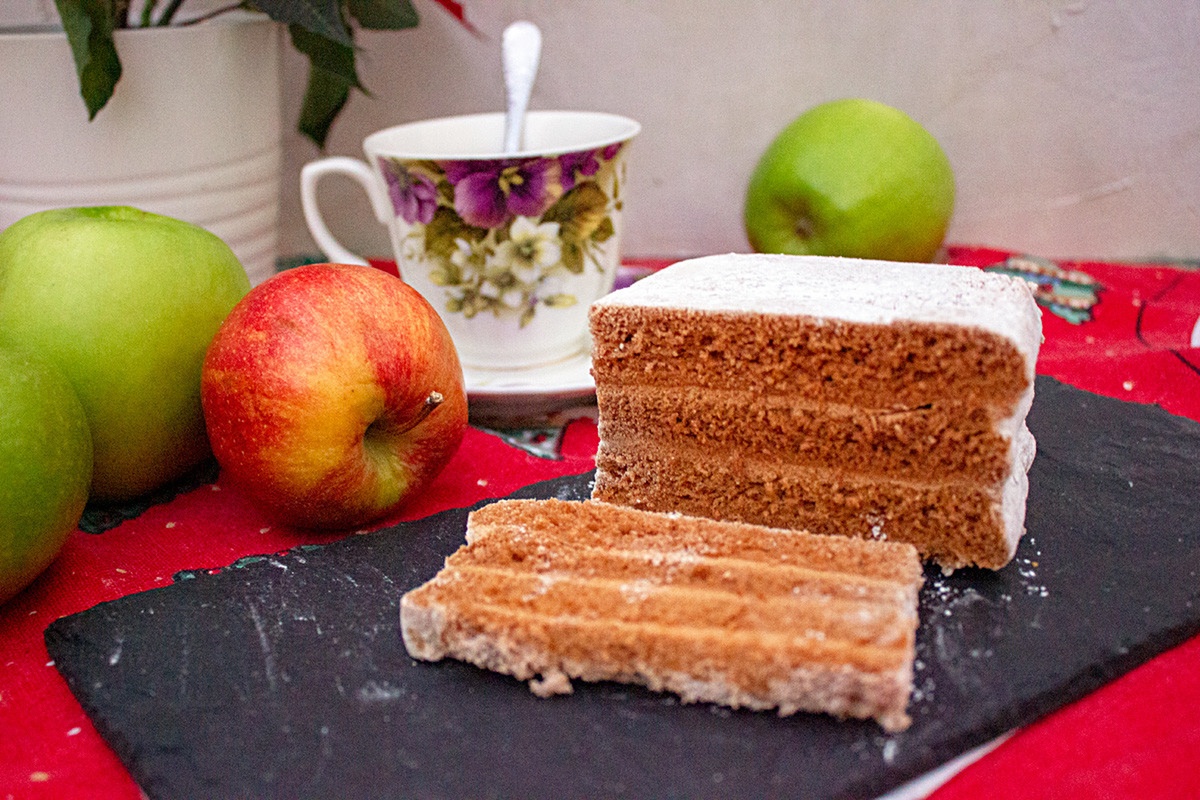

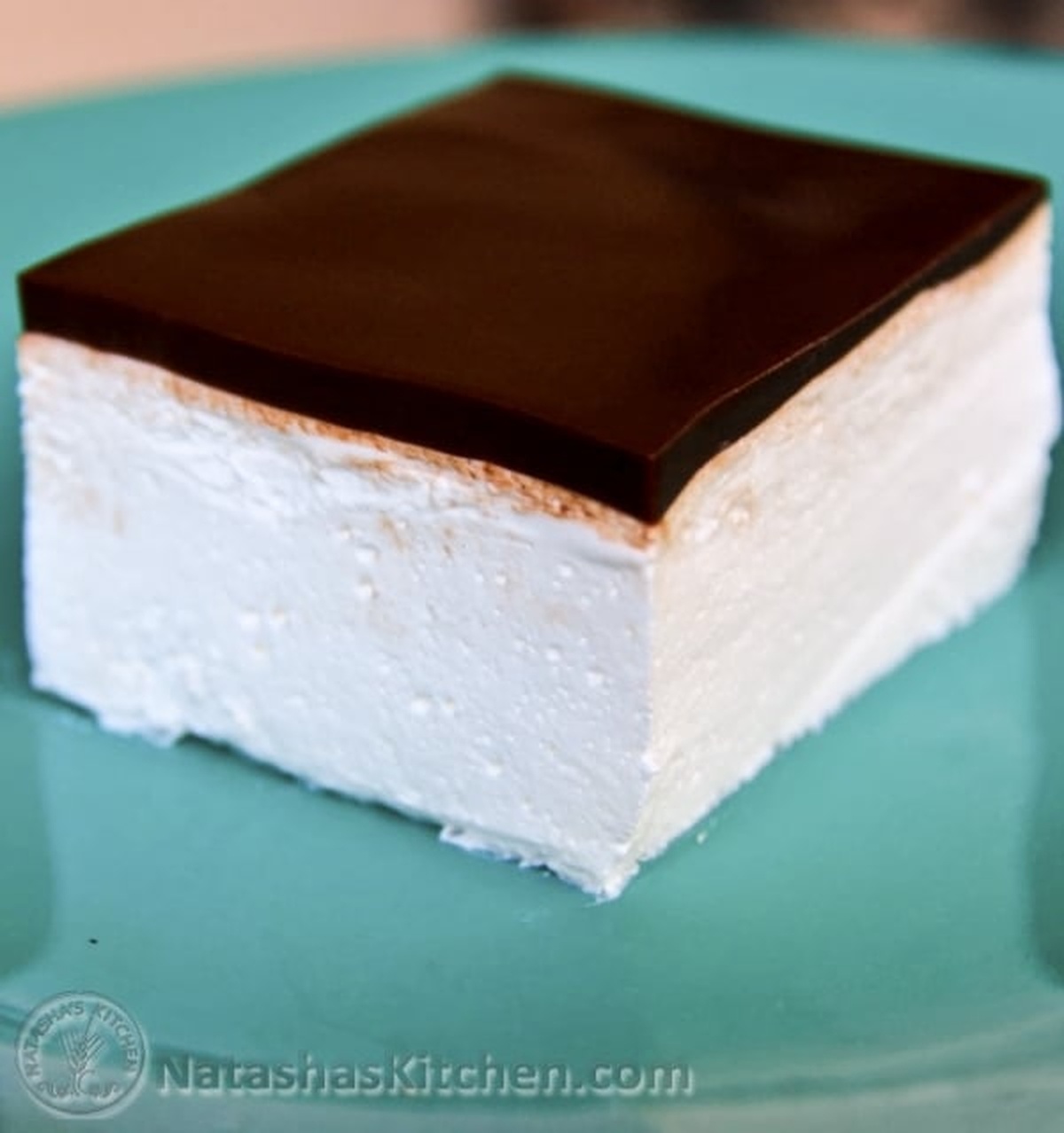
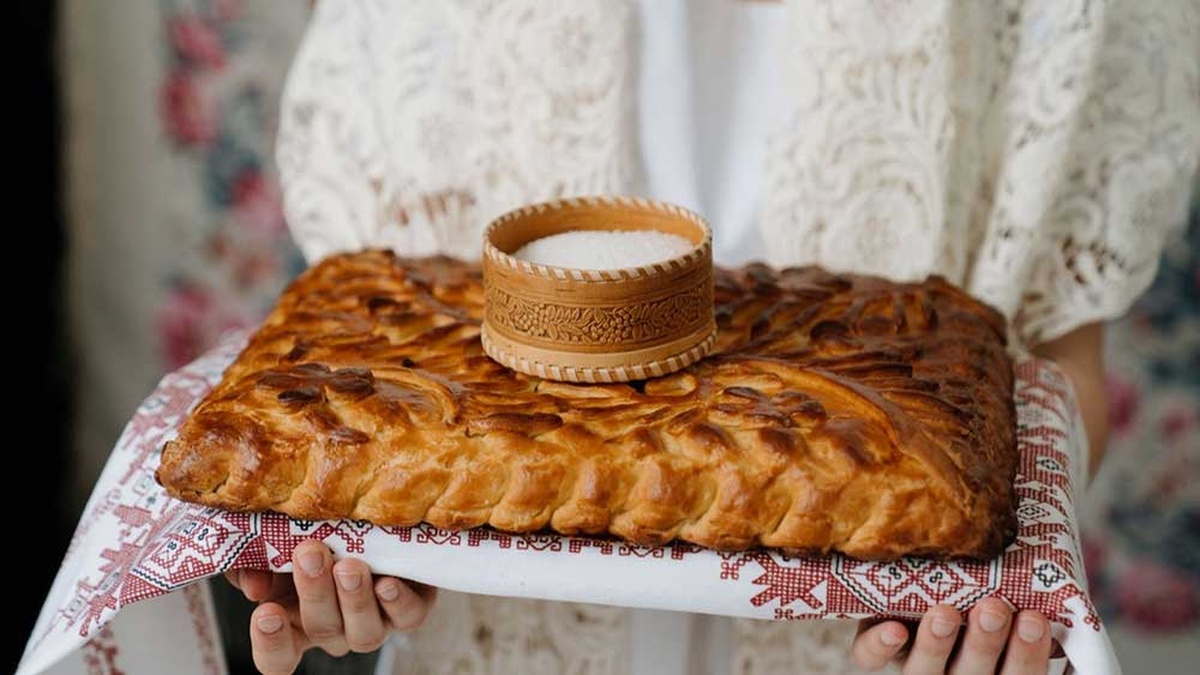
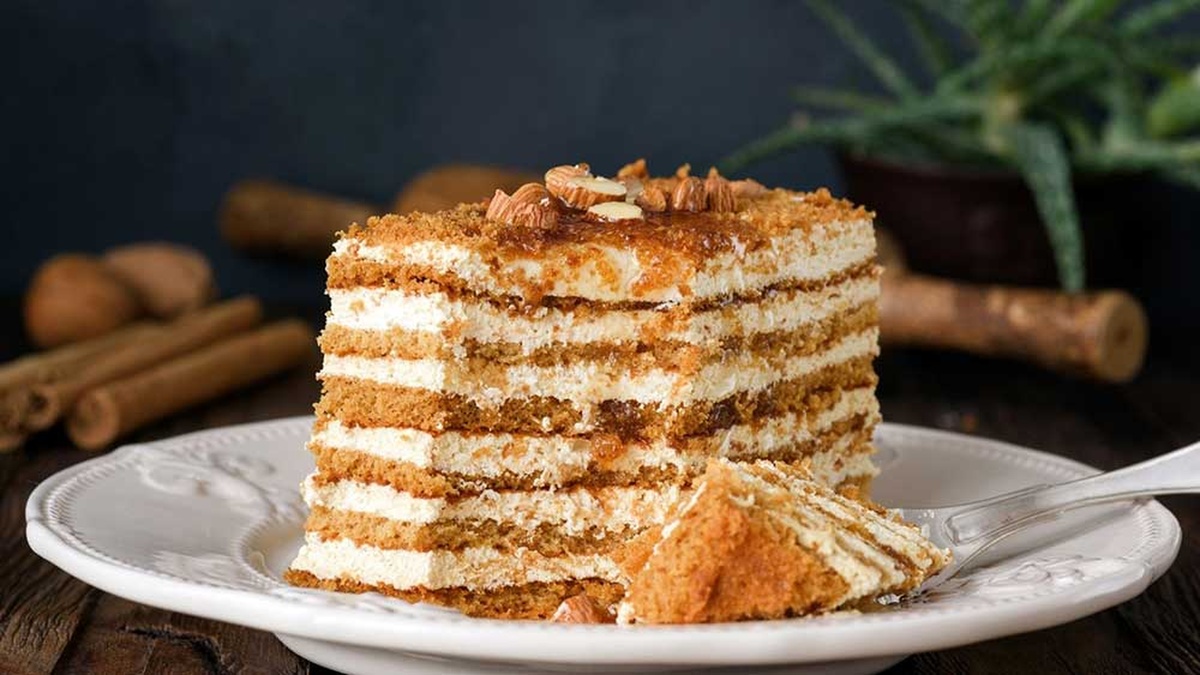
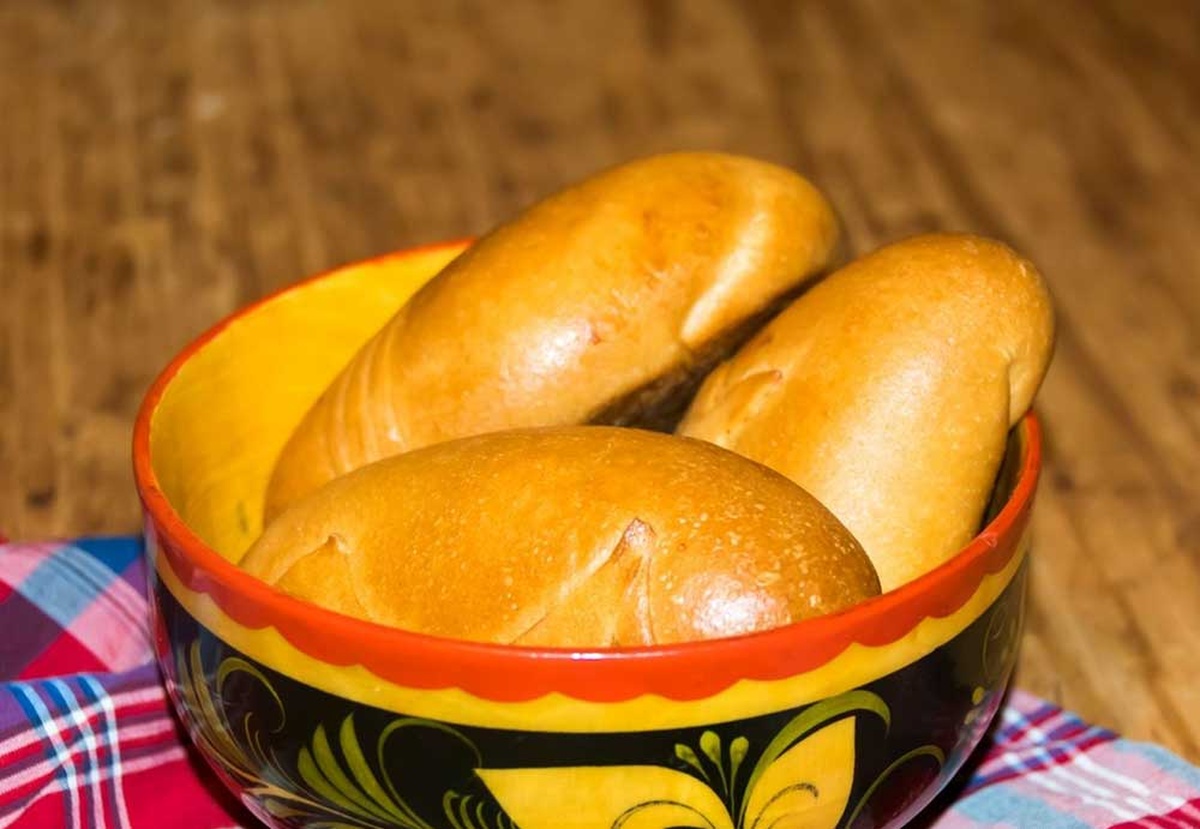
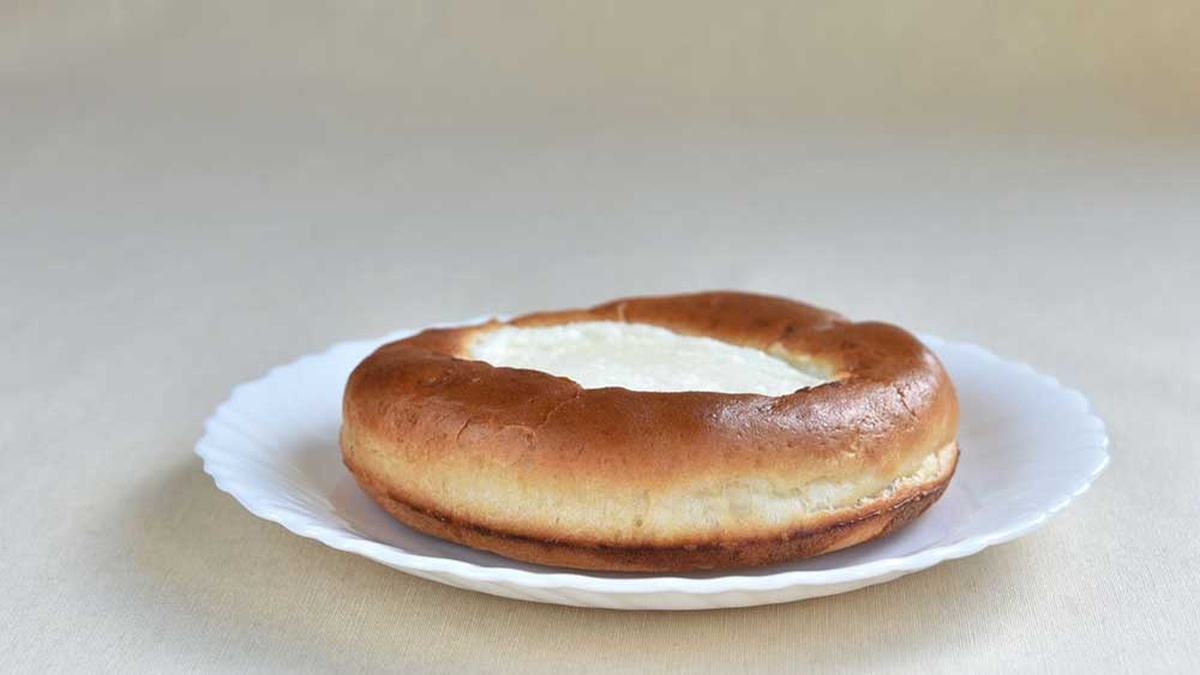
David Martinez
Travel and Food Writer
Expertise
Culinary Travel Writing, Food Photography, Cultural Food Exploration, Restaurant Reviews, Gastronomic Event Coverage
Education
The Culinary Institute of America (CIA), Greystone Campus, St. Helena, CA
Program: Associate Degree in Culinary Arts
Focus: Hands-on training in culinary techniques and kitchen management, blending traditional methods with contemporary food trends.
Le Cordon Bleu, Paris, France
Program: Grand Diplôme (Diploma in Cuisine and Pâtisserie)
Focus: Comprehensive culinary training in both classic French cuisine and pastry arts, emphasizing precision, creativity, and professional kitchen operations.
David Martinez is a travel and food writer who explores the world one dish at a time. With culinary training from The Culinary Institute of America and Le Cordon Bleu, David captures the heart of each place he visits through its food. His journeys, from vibrant markets in Asia to intimate bistros in Europe, inspire his storytelling.
At thebreslin.com, David shares recipes and stories that give readers a taste of global food culture. His approachable writing and passion for authentic flavors help readers feel connected to the world’s kitchens, one bite at a time.